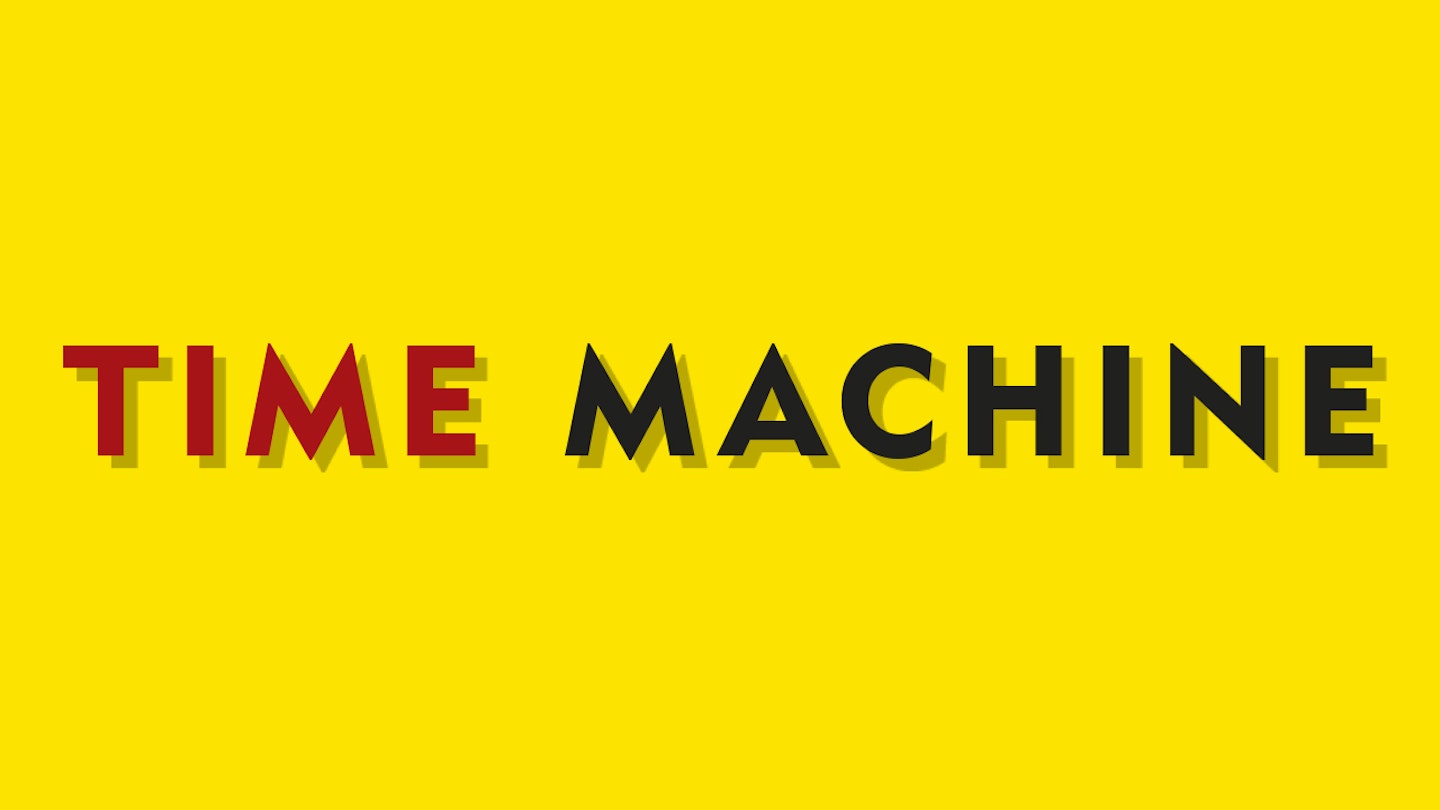19 February, 1970
It was pretty good for a pound. According to its poster, this sunny Saturday’s Pop Folk & Blues Festival at Worthy Farm in Pilton, Somerset offered entertainment from The Kinks, Steamhammer, Duster Bennett, Alan Bown, Wayne Fontana, Stackridge and Amazing Blondel, plus local talents Marsupilami, with future Folk Roots editor Ian A. Anderson and his guitar-playing friend Ian Hunt, and Originn. As well as a light show and films, there were “Freaks and Funny Things” promised, and free milk.
The plan had been hatched on the previous June 28, on the second day of the Bath Festival of Blues And Progressive Music, five miles down the road at the Bath & West Showground. In attendance to see Led Zeppelin, Jefferson Airplane and Frank Zappa and The Mothers Of Invention was Michael Eavis, 34, a dairy farmer, Methodist and former merchant seaman who loved Elvis, Dylan and The Kinks, and his lady friend Jean.
“I’d never seen anything like it in my life before,” wrote Eavis of the “lovey-dovey, emotional” bash, in last year’s official history Glastonbury 50. “It just hit me for six… I turned to Jean and said, ‘I’m going to do one of these on the farm!’ If I remember rightly, her reply was, ‘Don’t be silly, you’ve no idea how.’”
Kinks Kontroversy
The next day he called Bristol’s Colston Hall and obtained the number for The Kinks’ management. They agreed the group would play for £500. Planning a show which would run from 2pm to 2am, Eavis set about assuaging the police and local authorities; he also wrote a reassuring piece in local parish magazine Pilton Link saying, “I wish to give the image of a Festival to celebrate the incoming of the Harvest.” Disaster almost struck when, apparently believing the festival would be too small and amateurish, The Kinks pulled out, blaming laryngitis. However, dissuaded from cancelling by his daughter Juliet, Eavis negotiated with The Kinks’ agent to book Tyrannosaurus Rex instead.
“There’s a kind of euphoria down here…”
Michael Eavis
The day began mistily and in pensive mood, the death of Jimi Hendrix the previous day weighing on attendees’ minds. But it soon grew sunnier. A local BBC crew were on hand to film a light-security scene of barechested groovers and bongo players, with tents and vehicles parked around the field. “There’s a kind of euphoria down here,” Eavis told a BBC interviewer that day, “away from the awful realities of life. It’s a nice place, the Vale Of Avalon, and Glastonbury, and all the mystique surrounding it…”
There was a single tarpaulin-covered stage built from scaffolding and plywood, lashed to two apple trees in case of winds, and a similarly constructed mixing desk. Compère and DJ was Bath’s ‘Mad’ Mick Ringham, who recalled the first record he played being It’s All Over Now by The Valentinos (he also remembered spinning The Teddy Bear’s Picnic and watching an on-stage limbo contest). Bristol prog-folkers Stackridge were there to fill in should any bands fail to show – Wayne Fontana didn’t make it, but Sam Apple Pie, Al Stewart and Keith Christmas did – and, legend has it, Stackridge opened the festival with their song, Teatime.
The Central Somerset Gazette sent a reviewer, who detailed “24 very adequate toilets”, DJing from 10am and a crowd whip-round to pay a reduced entry fee for a party from London who thought it was free. The anonymous Gazette scribe enjoyed Quintessence, Duster Bennett and Steamhammer, and noted the words ‘Hendrix Lives’ painted on the side of a van. Preceded by a minute’s silence for Jimi, Tyrannosaurus Rex took to the stage late in the evening.
The Best Thing That's Ever Happened There...
“I have to say that he was wonderful, easily the highlight of the festival,” said Eavis, who recalled Bolan sat on a haybale while singing Debora. “The sun was going down behind the stage, a red sun. There were only 1,500 people there to see it, but you knew this was music that was going to last. To this day, I reckon it’s one of the best things that ever happened here.”
Needing to sell 5,000 tickets to break even, Eavis lost money, and had to pay Bolan’s fee in five monthly instalments. But something had taken root at Worthy Farm. Renamed Glastonbury Fair, it returned in ’71 with David Bowie, Joan Baez and Traffic on the bill, lay fallow until 1979, and from 1981 grew to become the greatest festival on the planet, where revelry, consciousness-raising and charitable works meet in harmony. Eavis remains at the helm, co-organising with his daughter Emily. But 50 years ago, all that was to come. Organising this Pop Folk & Blues Festival had been a tiring business, he told the BBC: “I’ll be very glad to get back to the cows again, I must say.”
